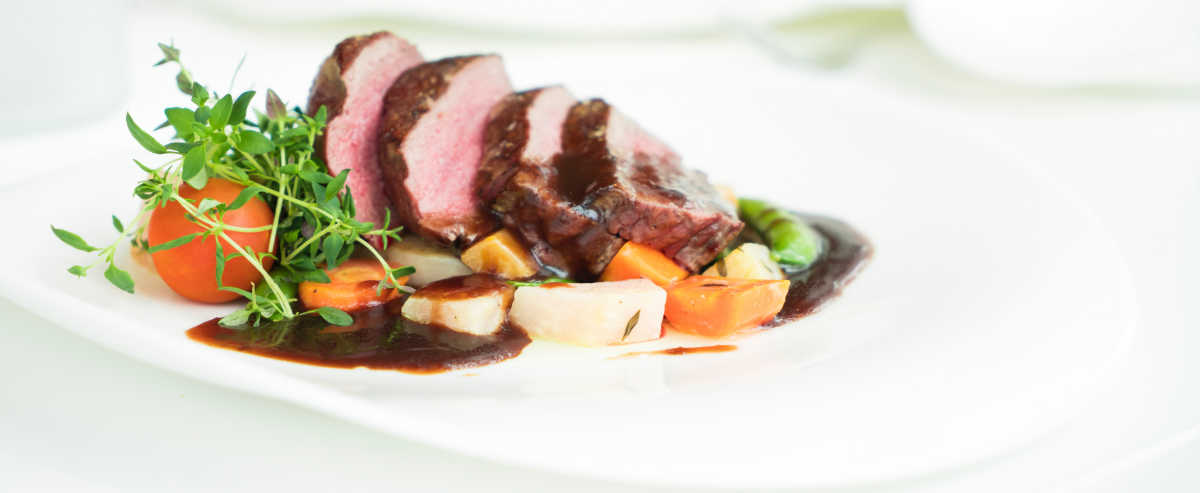What is our “Tenderness Program?”
First, the foundation stock for all our beef cattle are registered Angus. The American Angus Association keeps record of over twenty traits by tracking Angus family lines in their database. Using these EPDs (Expected Progeny Differences), we can predict the traits of their offspring. Some of the traits that are important to us, in order of priority, are
- Tenderness
- Marbling
- Low outside fat
- Growth
- Docility
By choosing breeding stock based on traits that improve the flavor, we can expect to produce a tender, juicy cut of beef for your eating pleasure!
Two weeks after a calf is born, we send a sample of its hair to a lab for DNA testing. Each calf is then rated for tenderness on a scale from 1-10, with ten being the most tender. In our tenderness program, we only include beef cattle from the top three levels! Just to be clear, there is nothing genetically modified here; mankind has been doing selective breeding for centuries. According to Amos, “If I have the right breeding stock, I’m quite certain what I’m going to have to harvest.” Members of our family have tested animals rated at different numbers on the scale, and according to their taste buds, the scale seems to be accurate.
Another important factor in bringing you a healthy, fine-eating experience is the feed that our cattle are given to eat. After the calf is born in the spring, he lives on the pasture with mama cow, drinking her milk and eating green grass. The calves are weaned in the fall around Thanksgiving and put on an all-vegetable diet of corn, soybean meal, hay, and minerals/vitamins. We give them no antibiotics, no growth hormones, and no animal byproducts. Our goal is healthy marbling in the meat with low outside fat.
Finally, the beef is cut into steaks and other cuts in a USDA-inpsected facility for your safety and confidence.
Fat is bad, right?
You’ve heard the drill:
“Fat is bad; lean is good.”
“Grass-fed beef is healthier than grain-fed.”
Not so fast. Just like many other issues in the health world (Remember how the cholesterol story changed?), modern research is showing that there is good fat and bad fat. We want our beef cuts to have marbled fat, but not outside fat. According to A&M University meat biologist Stephen Smith, who was quoted in this article,
There’s a health benefit to eating well-marbled beef.
The reason is that intramuscular fat, as opposed to the outer fat, contains oleic acid, which studies have shown reduce LDL, the bad artery-cloggin cholesterol. So, marbled fat can actually reduce the bad cholesterol!
This video interview of Susan Ducket, Clemson University animal scientist, reveals that beef can be a significant source of Omega-3 fatty acids, and that much of this good stuff comes from the marbled fat within the beef cuts. And check out this article by investigative journalist Nina Teicholz. Foods such as meats, eggs, and cheese are the best source of protein. In addition, they are sources of many essential nutrients and provide the fat necessary for our bodies to be able to absorb fat-soluble vitamins such as A, D, E, and K.
Stop fighting your tastebuds!
Marbled, tender beef is not only tasty but, as it turns out, also healthy!

